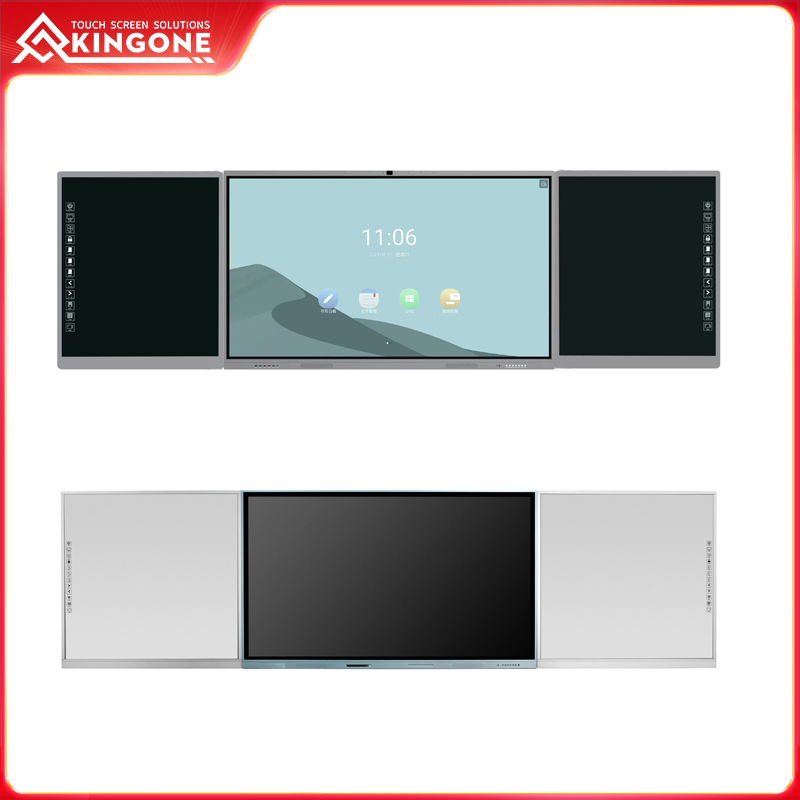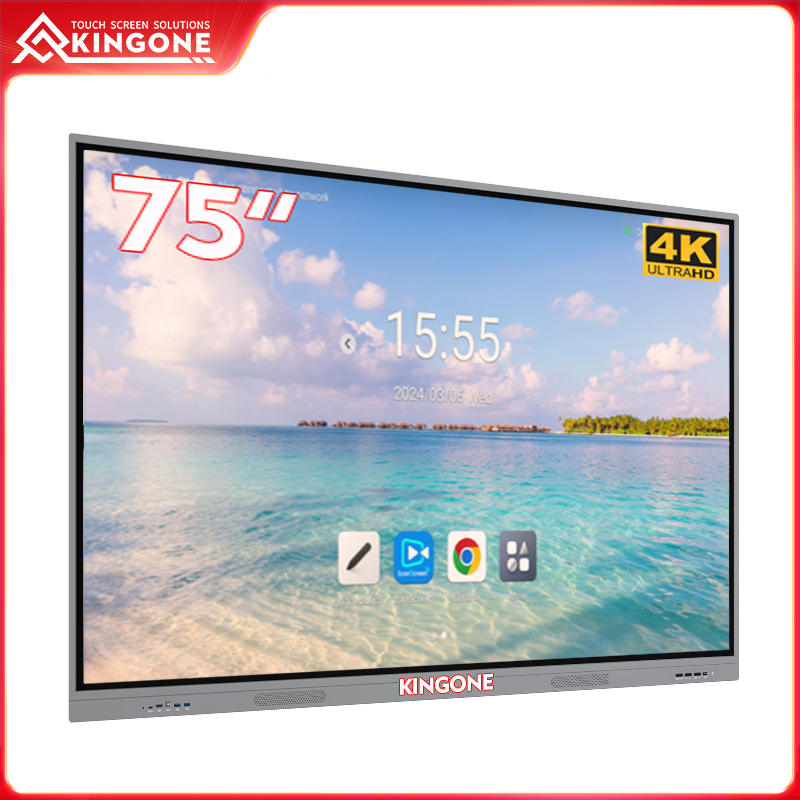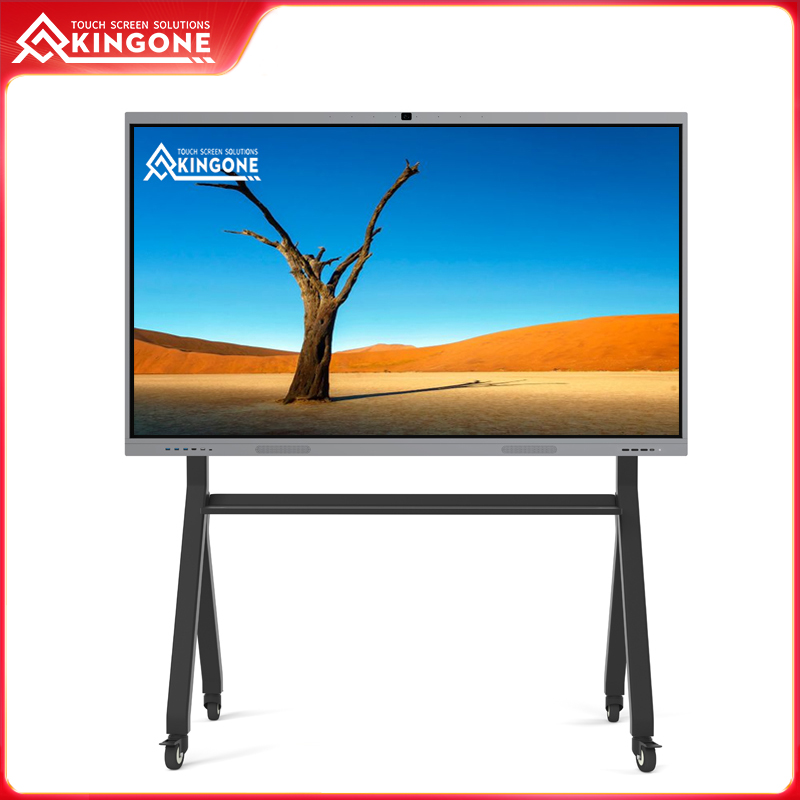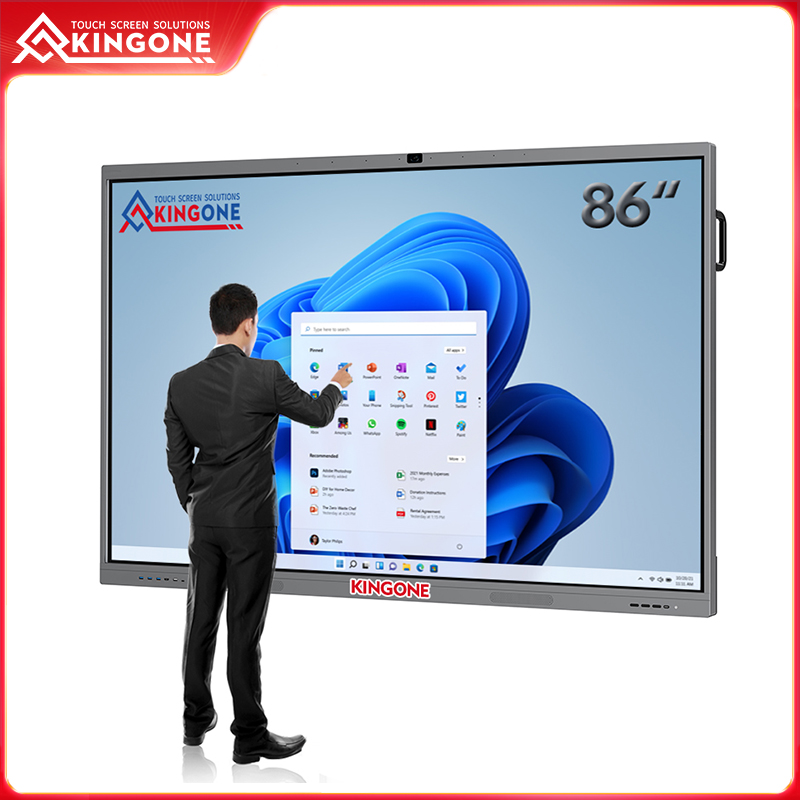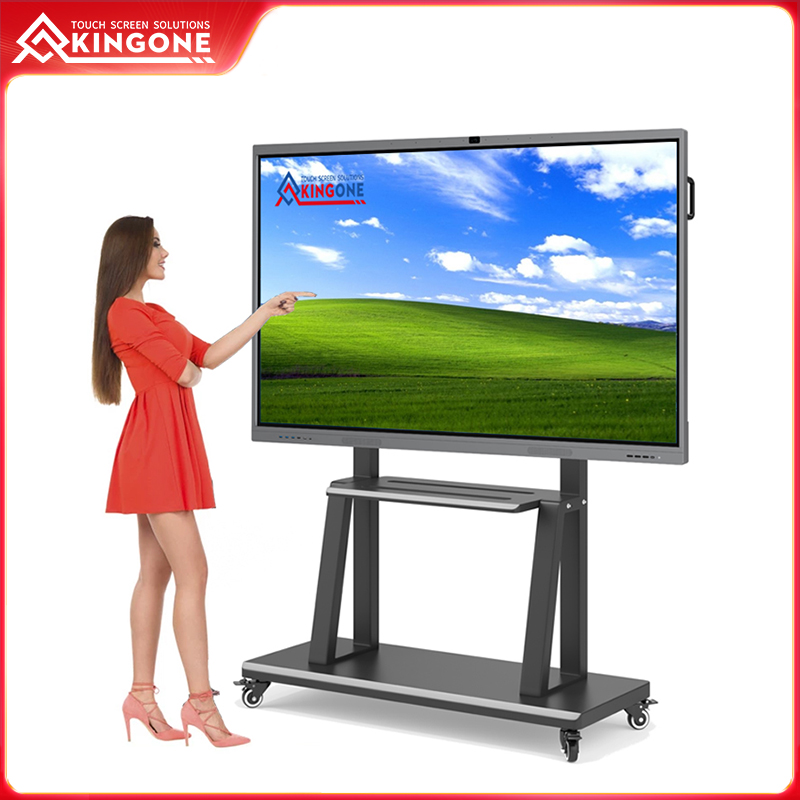Tips for using industrial touch screen
Published:
2023-04-19 15:36:43
Touch screens require proper handling and maintenance to ensure they function correctly and optimally.
Industrial touch screens are an essential component for operating machinery and equipment in industrial settings. They are designed to withstand harsh environments, including dust, dirt, and extreme temperatures, making them ideal for use in manufacturing plants, warehouses, and other industrial applications. However, despite their durability, industrial touch screens can be prone such as wear and tear, operational errors, and even security breaches. To help you get the most out of your industrial touch screen we're compiled some helpful tips for using them effectively and efficiently.
1. Keep Touch Screen Clean
One of the most important things you can do to ensure the longevity and optimal performance of your industrial touch screen is to keep it clean. Touch screens can quickly become dirty and smudged with oil, dirt, or dust, which can cause inaccuracies and errors during operation. To prevent this, use a soft cloth or special cleaning wipes designed for touch screens to remove dirt andgrime regularly. Avoid using harsh chemicals or abrasive materials as they can scratch or damage the screen.
2. Use the Right Gloves
Industrial settings often require the use of gloves for safety and hygiene reasons. However, not all gloves are compatible with touch screens. Gloves made of materials that do not transmit electricity (e.g., cotton, leather) will not work on most touch screens. Instead, opt for gloves that are specifically designed for use with touch screens, such as those made of conductive materials.
3. Avoid Applying Excessive Pressure
Touch screens are designed to be sensitive to the touch, so it's important to use them with gentle force. Applying excessive pressure or poking the screen with sharp objects can cause permanent damage to the touch screen. If you need to use a stylus or object with a sharp tip for precision work, make sure it's designed for touch screens to avoid scratching or damaging the screen.
4. Calibrate the Touch Screen
Over time, the accuracy of your touch screen can decrease due to wear and tear or environmental factors. Calibrating your touch screen periodically can help restore its accuracy and ensure that it responds correctly to touch input. Most industrial touch screen displays have an automatic calibration feature, which can be accessed through the system settings menu. If you are unsure how to calibrate your touch screen, consult the manufacturer's instructions or seek guidance froma qualified technician.
5. Update Firmware and Software
Updates to firmware and software can help improve the functionality and security of your industrial touch screen. Regularly check and install updates provided by the manufacturer.
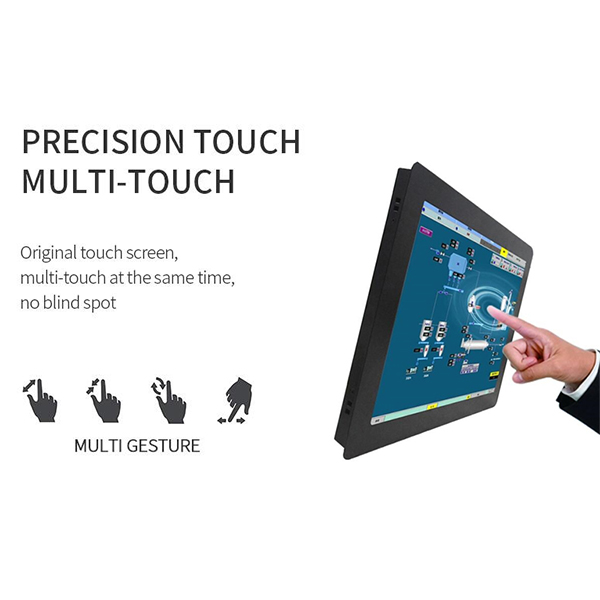
 English
English

